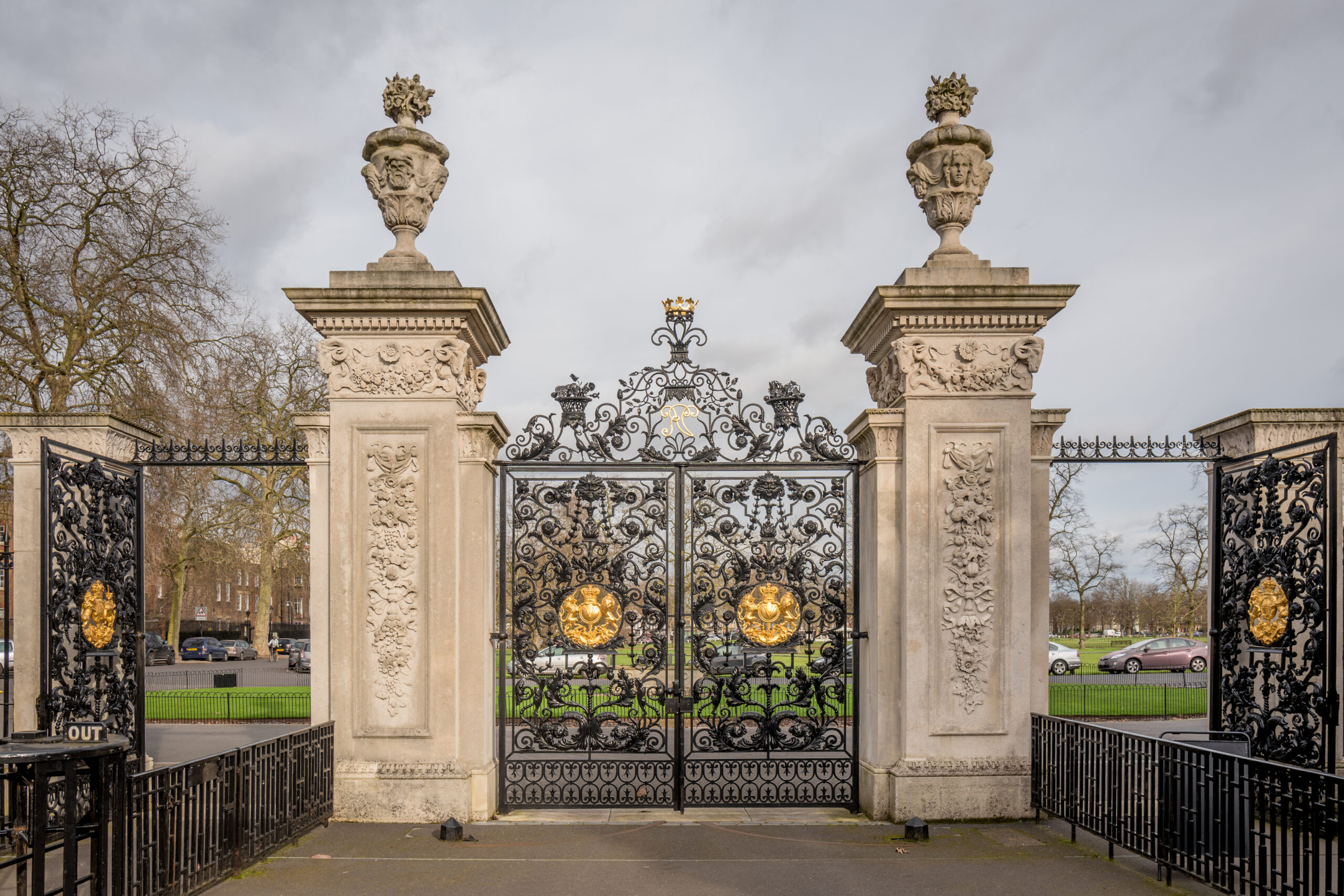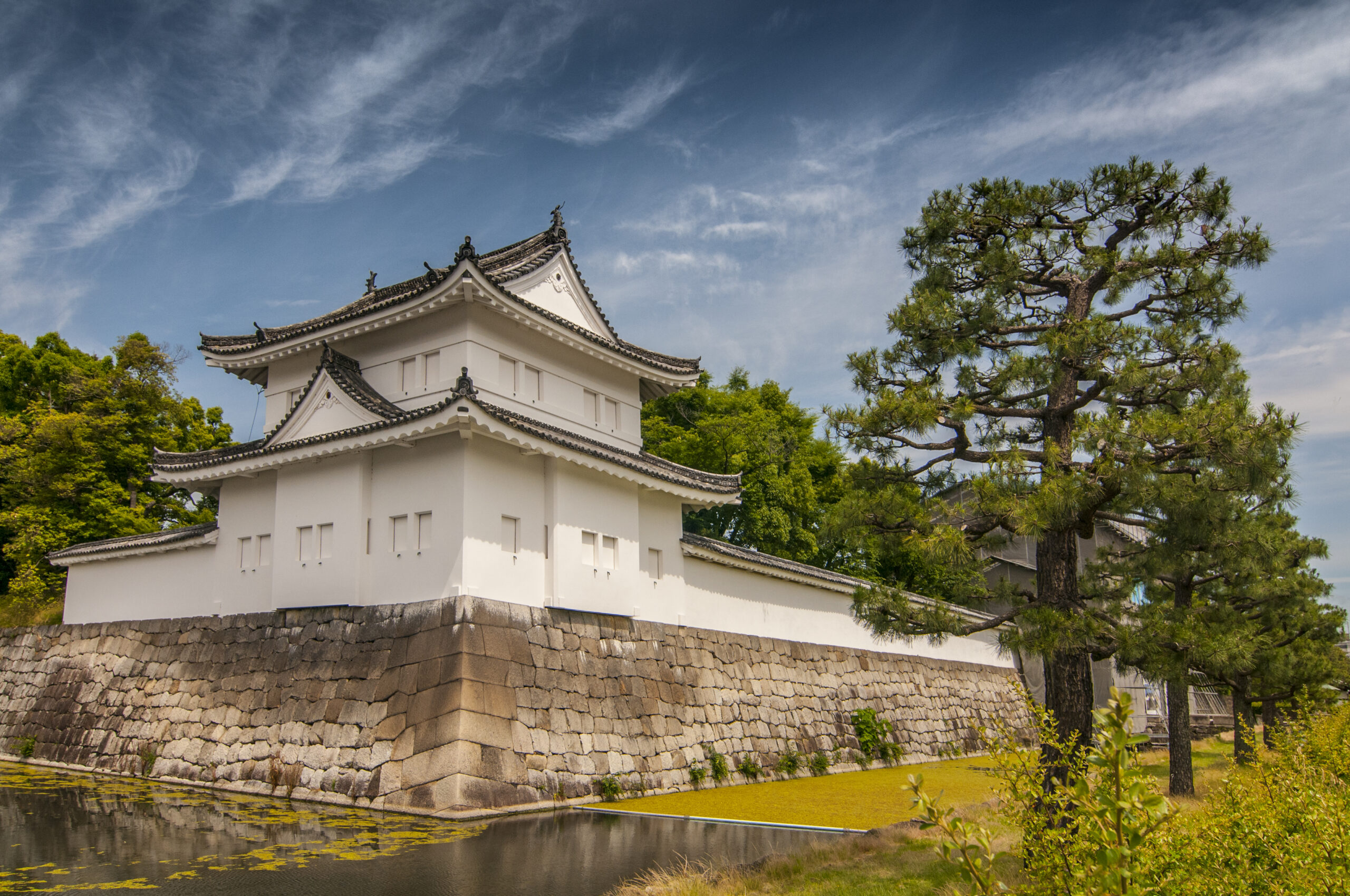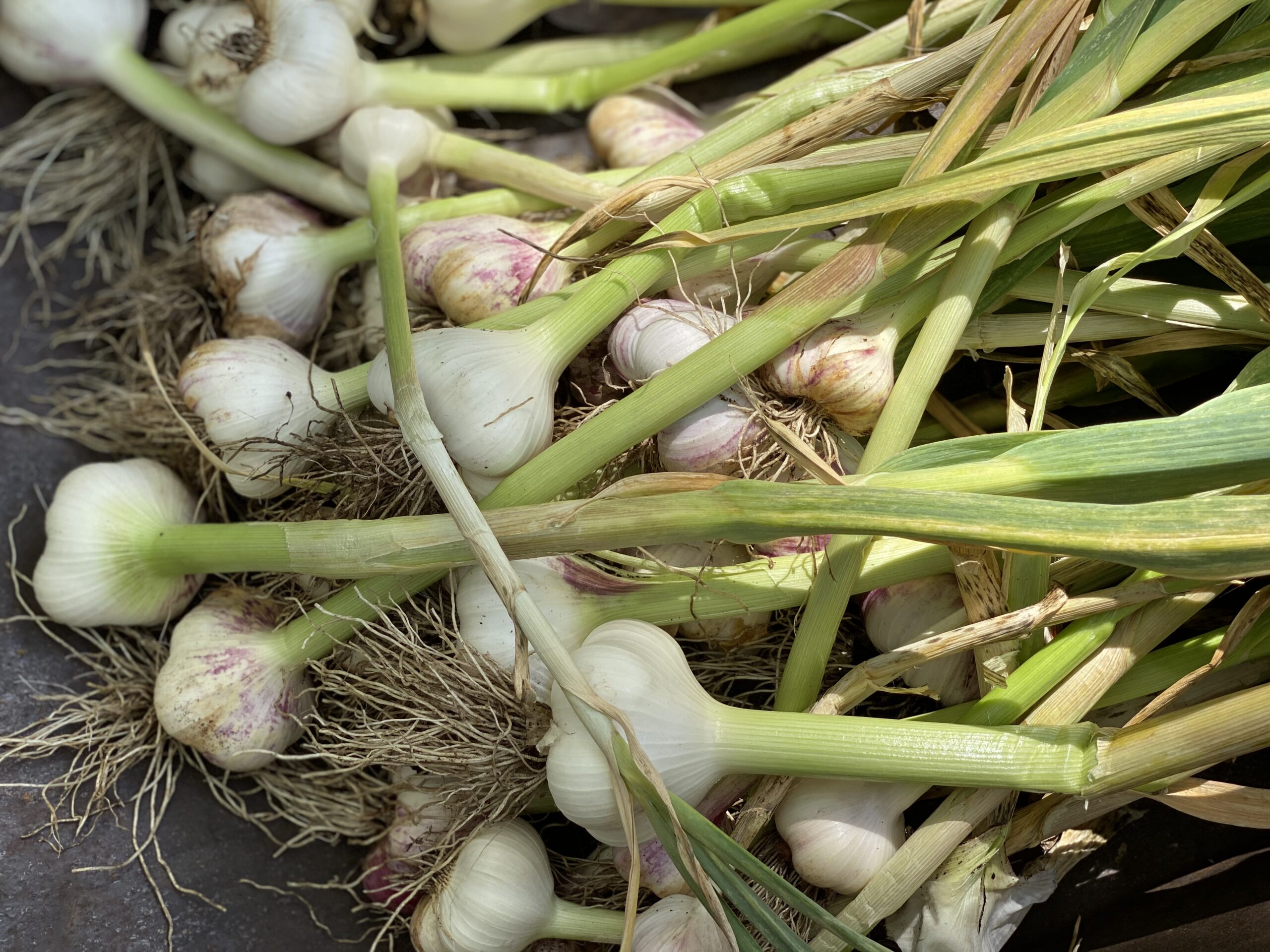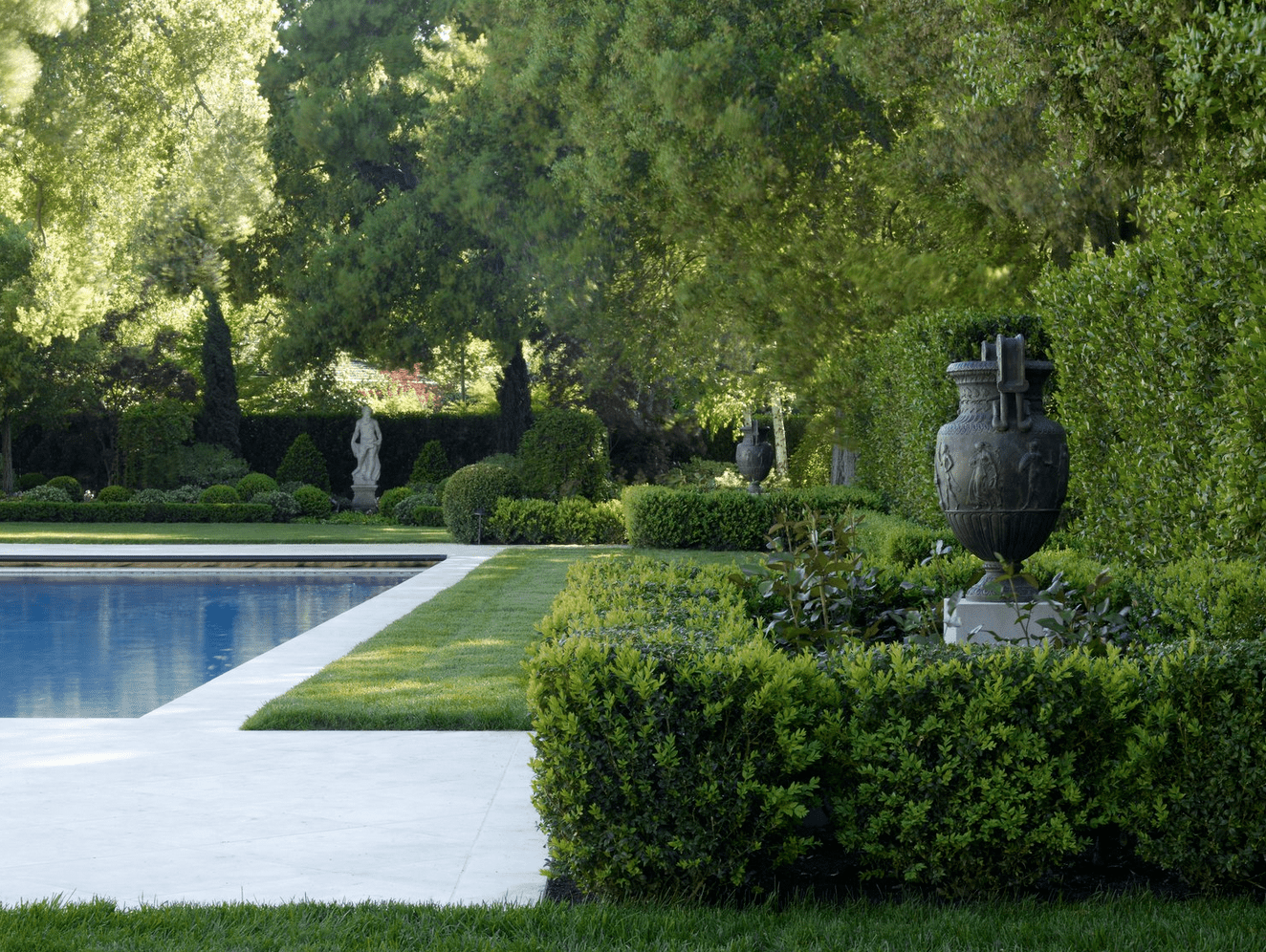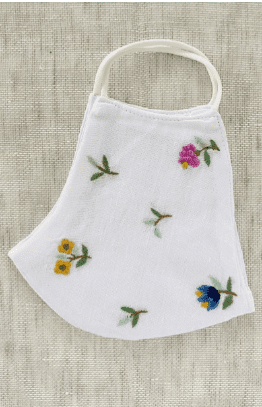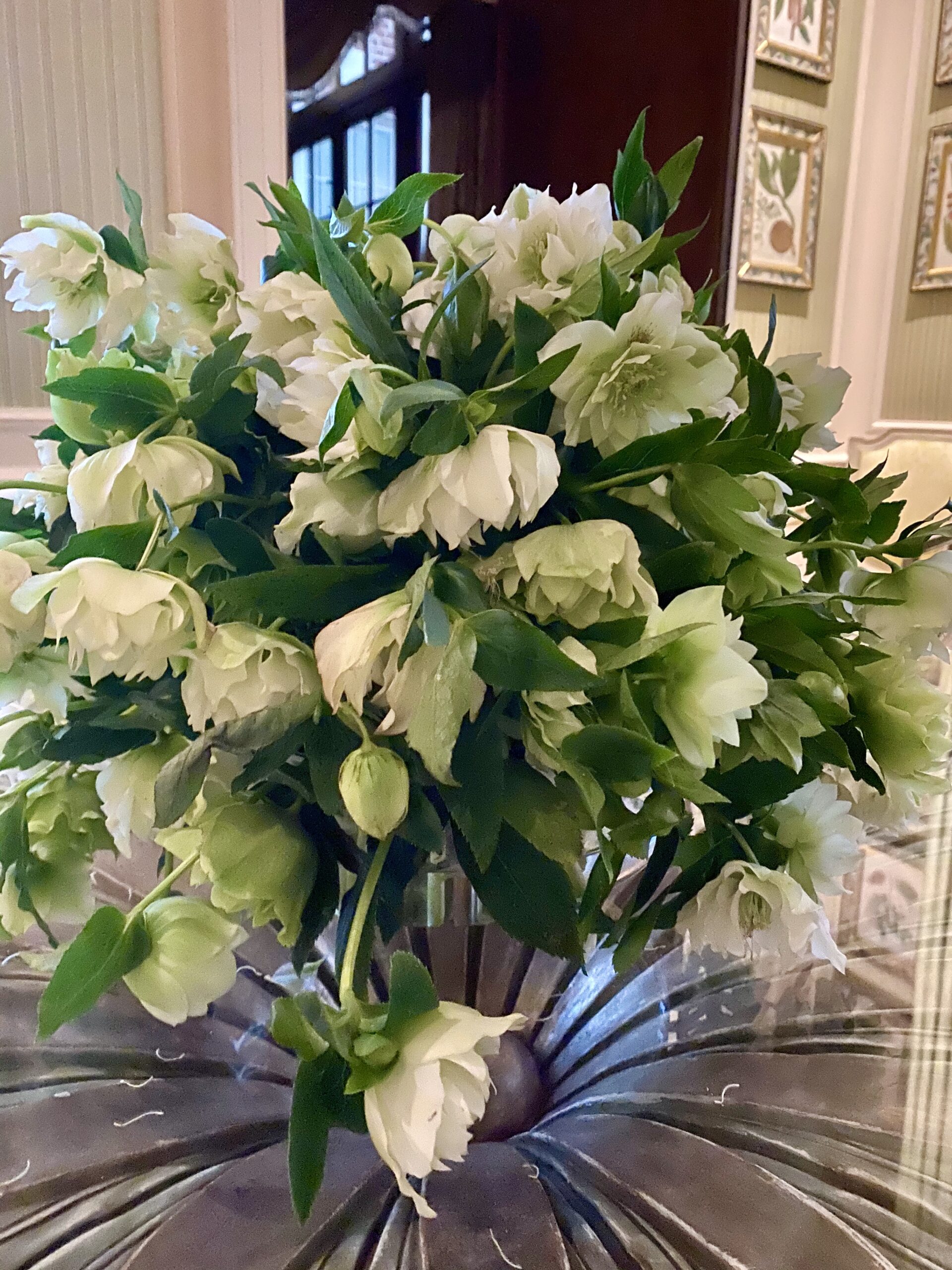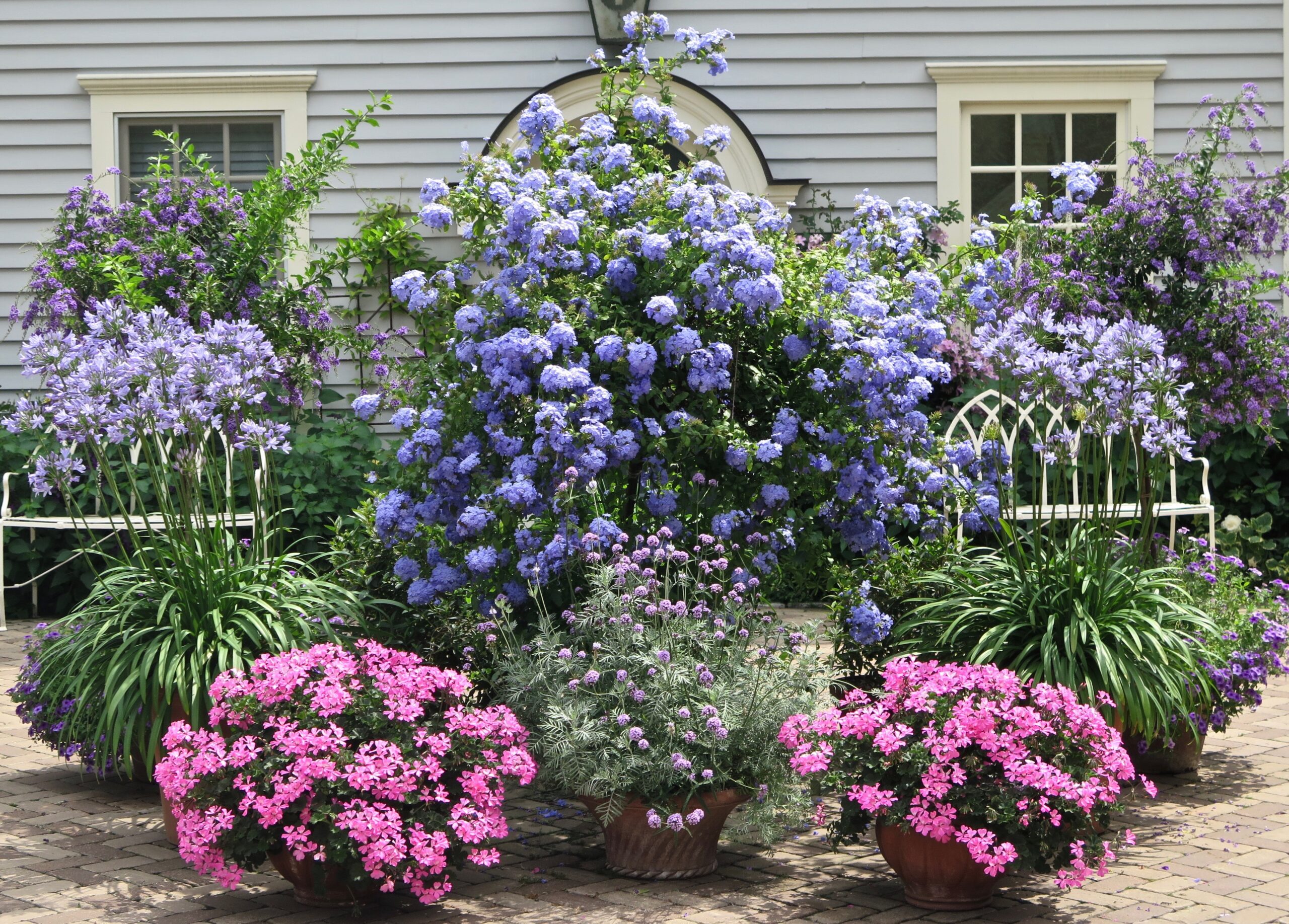I had a free afternoon in London this week and decided to go to Kew Gardens, even though it was :45 from the hotel and it is the dead of winter. I’d never been there before and couldn’t wait to see it. What I discovered was lightyears beyond what I was expecting!
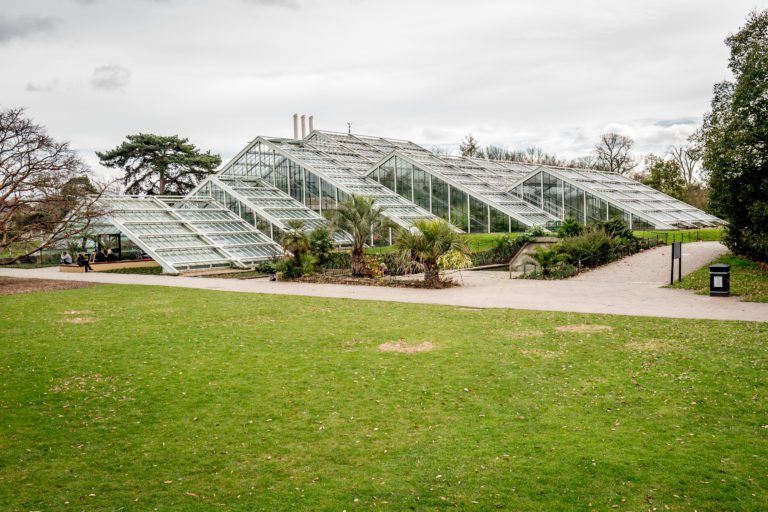

Kew Gardens is a World Heritage Site, located in southwest London and is situated on 300 acres. This very special botanical garden was founded in 1840. It contains over 30,000 different kinds of plants and it’s herbarium – one of the largest in the world – has over seven million preserved plant specimens! Kew’s library is reported to have more than 750,000 volumes and the illustration collection, of which I saw only a handful, has more than 175,000 prints and drawings of plants. They even have their own police force, which has been in place since 1847.
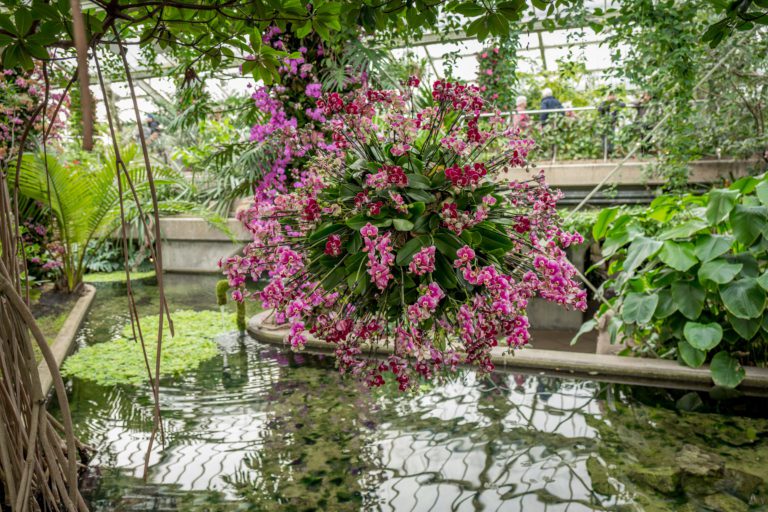

The special exhibit during my visit was the Orchids Festival, running from February 4 – March 5 this year. The space for this exhibit is terrific – a large, glass multi-leveled sculpture of a building (above) with water features, water lilies and very creative displays of orchids. The warmth of the space was especially welcome with the cold London air outside. This exhibit drew the largest crowd of people during my visit.
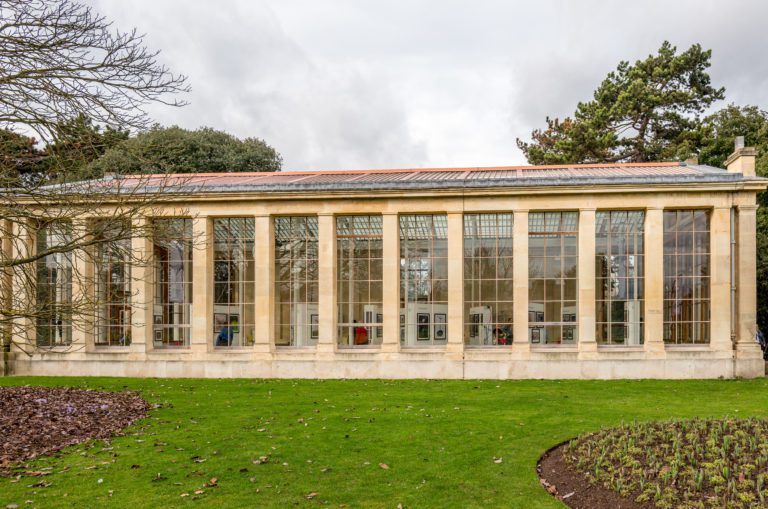

The International Garden Photographer of the Year exhibition, which runs from February 4 – March 12 was a huge bonus for me during my visit. (My favorite kind of photography!) I had the opportunity to view some extraordinarily beautiful pictures of landscapes, gardens and plant material from photographers all over the world. It was so inspiring…
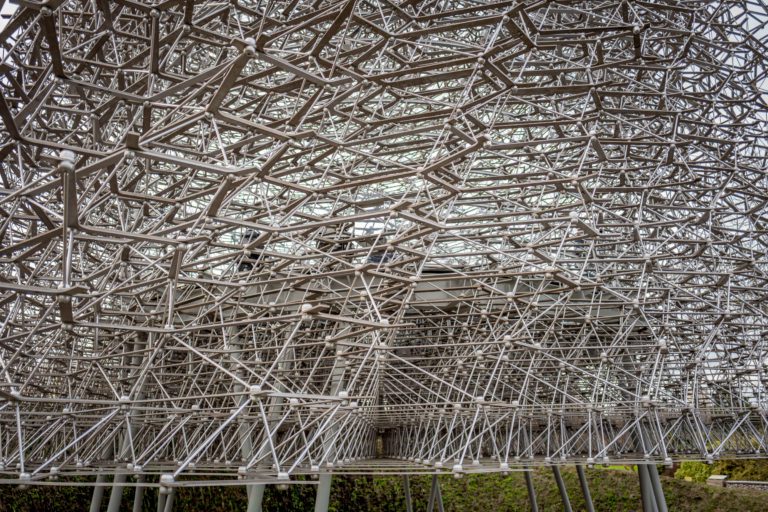

I headed over to a sculpture called the Bee Hive – A MUST-SEE & EXPERIENCE – which “encapsulates the story of the honey bee and the important role of pollination through an immersive sound and visual experience.” It was designed by UK artist Wolfgang Buttress and was originally created to be the centerpiece of the UK exhibit at the 2015 Milan Expo. I wish I had captured a picture of the entire sculpture, which literally looks like a bee hive in motion, but I was immediately drawn into the sculpture before I could think to do that.
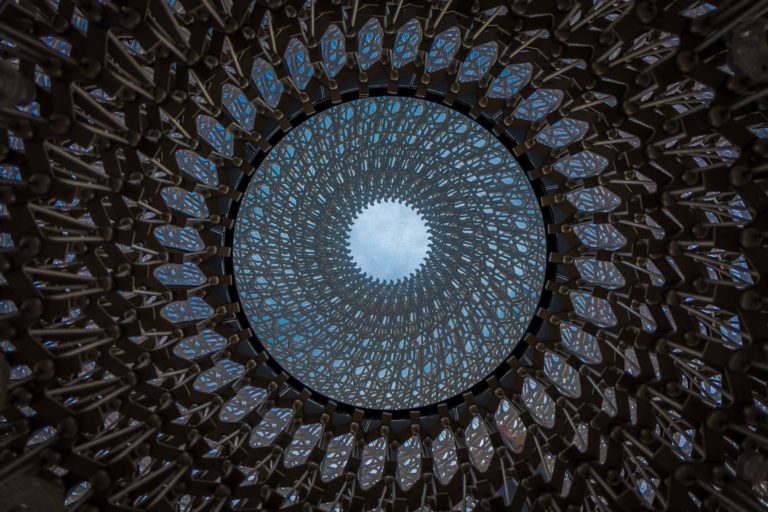

The sculpture is comprised of approximately 170,000 pieces of aluminum and hundreds of LED lights that light up in orange as seen below, mirroring actual bee behavior in a remote bee hive at Kew. You can stand underneath the 55-foot structure and look up through the “ceiling” to the second floor and out through the top. The view is so beautiful and structurally interesting!
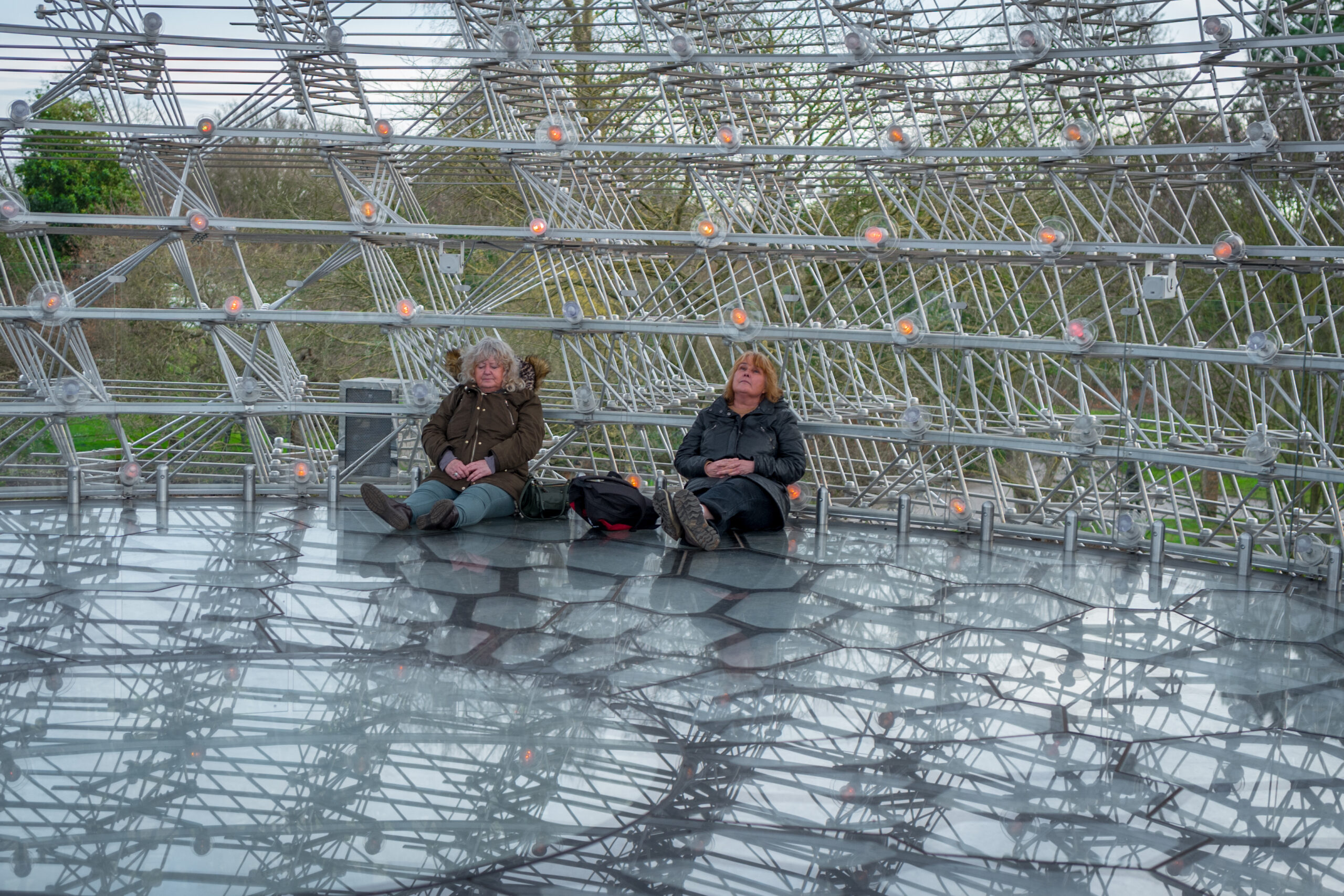

However, the most wonderful part of the installation for me was sitting on the second “floor” and listening to the beautiful, surround-sound instrumental music that softly plays, immersing your body in a meditative experience of being inside a bee hive. I didn’t want to leave…and I wasn’t the only one. Check it out the video on Kew’s site to understand what I’m describing.
Thank you to Alessio di Capua, Executive Director, whom I luckily happened to run into while coming out of a building containing beautiful illustrations of botanicals. In asking him, “What must I absolutely see before I leave?” He said the Palm House (below) and the Bee Hive.
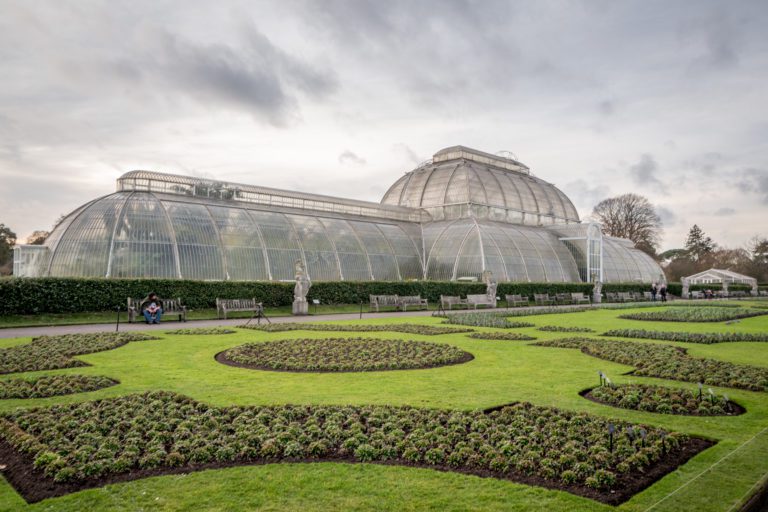

Kew Gardens relies on public support to continue its work. They give you an opportunity to pay a little extra to support the gardens when you buy your ticket. To me, that’s a gift that keeps on giving.

